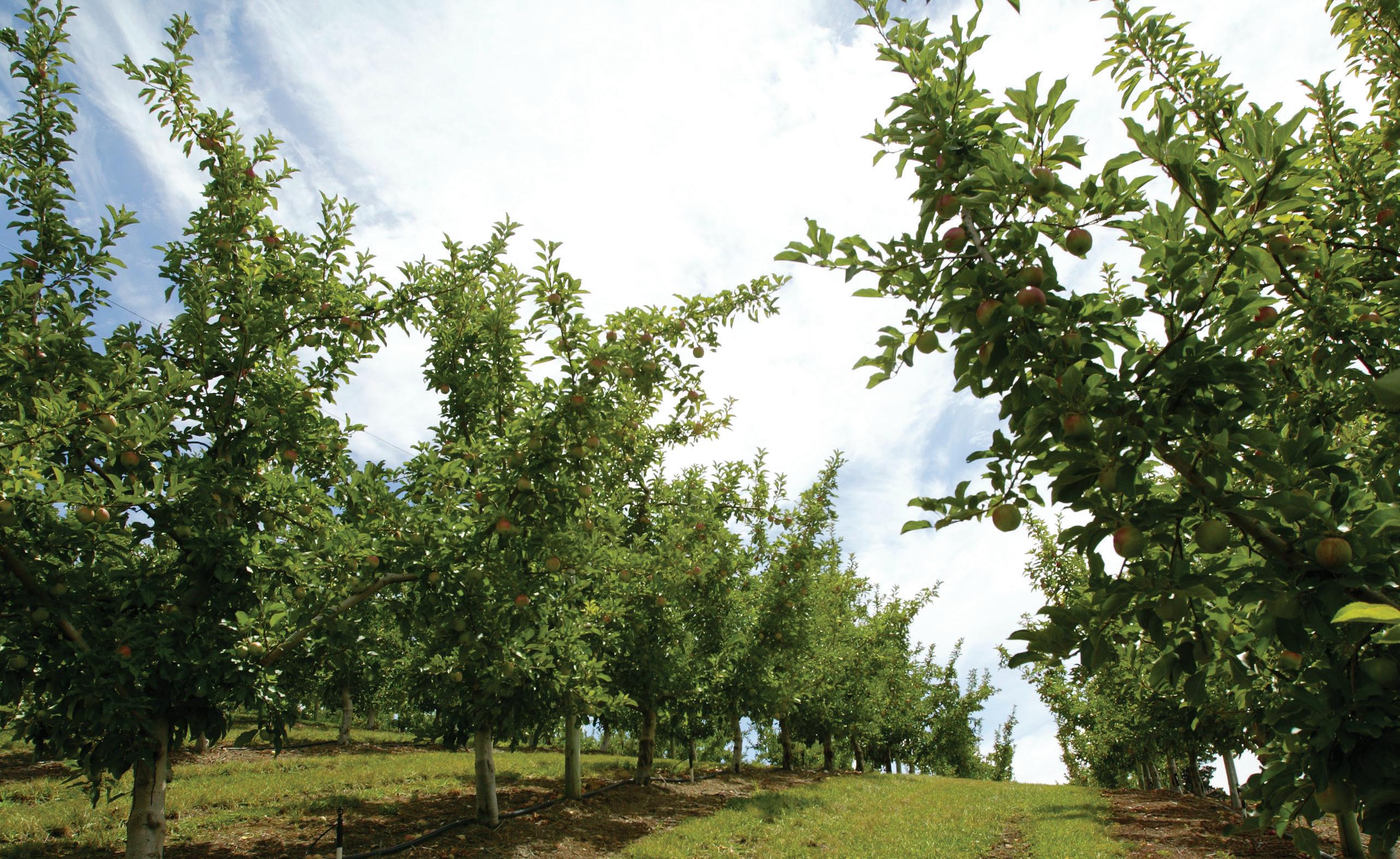
3 minute read
SMART IRRIGATION FEATURE
Irrigators recognised for sustainable irrigation practices
SNAPSHOT
• Lindsay announced the four Australian finalists, two from Victoria and two from Tasmania, in its inaugural
Zimmatic Trailblazer Sustainable Irrigation Awards • Applicants judged on practising sustainable irrigation management, irrigation-driven improvements, waterway protection and environmental stewardship • Irrigators are looking for technology that helps them get the right amount of water in the right place
In July, Lindsay announced the four Australian finalists in its inaugural Zimmatic Trailblazer Sustainable Irrigation Awards.
James Craft from Lindsay said the awards are designed to recognise irrigators who are implementing best practice and leading the way in responsible irrigation water management.
“It’s is a way of sharing the stories of these farmers who doing the right thing and showing that investing in best practice improves profitability,” he explained.
The Australian finalists in the awards, which are open to irrigation farmers in Australia and New Zealand, are: • Evan Ryan from Yarrawonga in Victoria, who irrigates 586 ha of broadacre winter and summer grain, hay and fibre crops • Stephen Eyles from Selbourne in Tasmania, who irrigates 250 ha of mixed crops • Rob and Eliza Tole from Cressy in Tasmania who irrigate 350 ha on their mixed cropping and livestock operation • Brendan Watson from Lake Boga in Victoria, who runs a large irrigated cropping enterprise with 3730 ha under irrigation.
APPLICANTS DEMONSTRATE COMMITMENT TO SUSTAINABILITY
Applicants were shortlisted and assessed by a judging panel of irrigation and industry professionals who undertook an indepth review of the four assessment categories - practising sustainable irrigation management, adopting new technology to improve irrigation efficiency, minimising the impact of irrigation on waterways, and providing leadership to the irrigation community.
Independent judge Dr Pat Hulme said the finalists provided evidence that they were delivering results in all these fields.
“The common feature of irrigation practices adopted by most entrants was that they were applying the right amount of water to the whole of the area they irrigated.
Finalists in the Zimmatic Trailblazer Sustainable Irrigation Awards - Nicholas, Stephen and Bryton Eyles from Selbourne in Tasmania. The family irrigates 250 ha of mixed crops.
“Those with sprinkler irrigation systems were matching the depth of water applied to the capacity of the soil to store that water. The irrigation pattern was supported by some measurement of variation in soil properties.
“Some of the finalists measured the impact of their irrigation practice on drainage water quality (in hilly country) while others measured the impact on soil salinity in the plains,” he said.
RIGHT AMOUNT OF WATER IN THE RIGHT PLACE
Irrigation Australia asked James Craft about trends in the market for centre pivot technology and how that influenced the decision to institute the Sustainable Irrigation Awards.
“Recently we have noticed that irrigators are asking for flexibility as far as the crops they are irrigating. For instance we have farmers who are irrigating several different horticultural or broadacre crops and need a machine that allows them to micromanage water application.
“Ultimately, what they want to know is that they are getting the right amount of water in the right place,” he said.
Labour savings are also at the forefront of decision making. With many irrigators employing fewer or no staff, they need technology that allows them to remotely keep track of what is happening in the field and that can report any issues in real time.
“Centre pivot irrigation is evolving into areas such as variable-rate irrigation and the technology is becoming more complex,” said James.
He explained that it is important to make management easier for the irrigator by providing platforms that analyse key inputs such as different soil types, climate data and soil moisture parameters and then calculate the most efficient irrigation regime.
“It is all about making the experience a lot easier,” he said.
INFORMATION
The Australian finalists are in the running with the New Zealand finalists to be named the overall winner of the award, which will be announced later this year once on-farm judging has occurred.
Partners with Lindsay in supporting the awards are Precision Agriculture Pty Ltd, Ag Logic Pty Ltd and the Society of Precision Agriculture Australia (SPAA).
For information about the awards go to the Irrigation Trailblazer website www.irrigationtrailblazer.com.
VEGETABLES AND ROW CROPS












